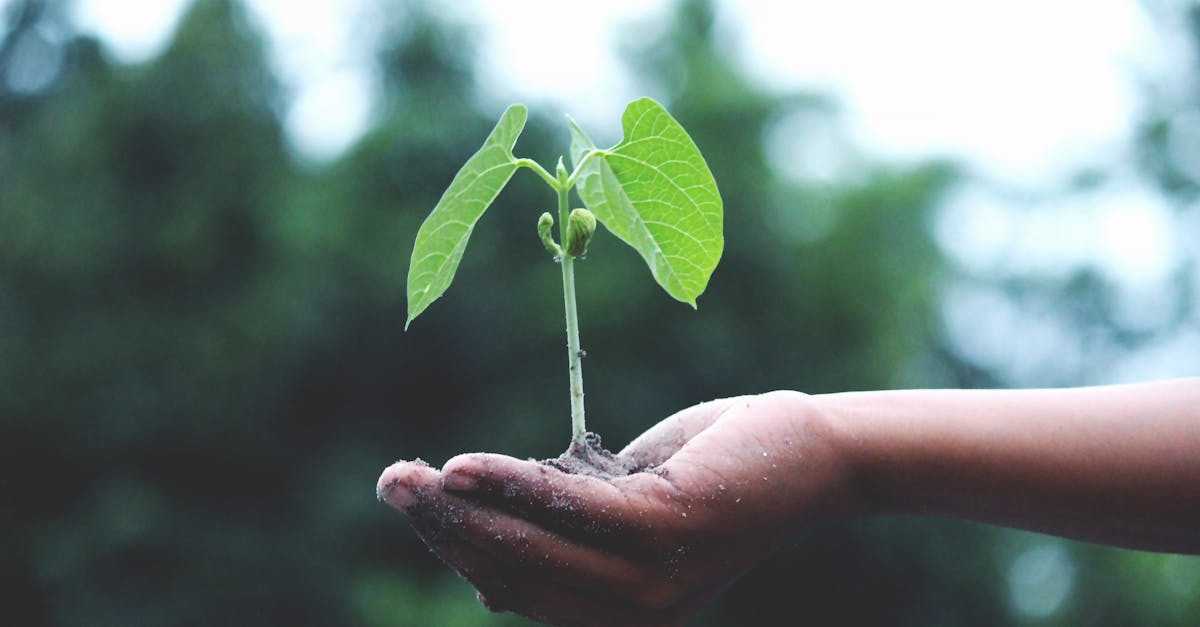Hawaii County is significantly increasing its efforts to combat the coconut rhinoceros beetle (CRB), an invasive species that poses a serious threat to the island's ecosystem and, consequently, its economy. The county has allocated $250,000 to the Big Island Invasive Species Committee (BIISC) to support control measures. In addition, boom trucks are being provided to the state Department of Agriculture to aid in treating palm trees infested with the beetle. These actions directly impact local businesses, particularly those in the tourism and agricultural sectors, who rely on the health and aesthetics of the island's natural resources.
The CRB infestation presents multifaceted challenges for businesses and requires collaborative solutions. The beetles primarily damage coconut palms, a significant element in Hawaii's tourism appeal and a crucial resource for local businesses that provide products and services using coconut. Furthermore, the beetles can also impact other palm species, affecting landscaping and the overall visual appeal of resorts and residential areas. This could lead to decreased tourism revenue and increased costs for property owners and businesses needing to address the damage.
The battle against the CRB necessitates a multi-pronged approach. BIISC’s efforts, bolstered by the county's funding, are focused on trapping, biological control, and public education. The use of boom trucks by the Department of Agriculture allows for more effective treatment of affected trees. The ongoing commitment to eradicating this pest is vital for supporting local businesses. A recent report by Hawaii News Now highlights the county's strong commitment to protecting its natural resources. This aligns with broader sustainability goals, emphasizing the need for proactive measures to protect the environment.
Beyond the immediate impact on coconut palms, the CRB infestation also highlights the importance of investing in preventative measures against invasive species. According to the Hawaii Invasive Species Committee, early detection and rapid response are critical factors in controlling such invasions. For entrepreneurs and investors, this situation reveals opportunities. In a recent development, a study of virtual water trade showed that proactive and cooperative resource management is most effective. Local businesses and startups could explore innovative solutions for controlling the beetles, ranging from detection technologies to environmentally friendly treatment options. This proactive stance could not only mitigate current threats but also position these businesses for future growth and success in the evolving sustainability landscape of Hawaii.



